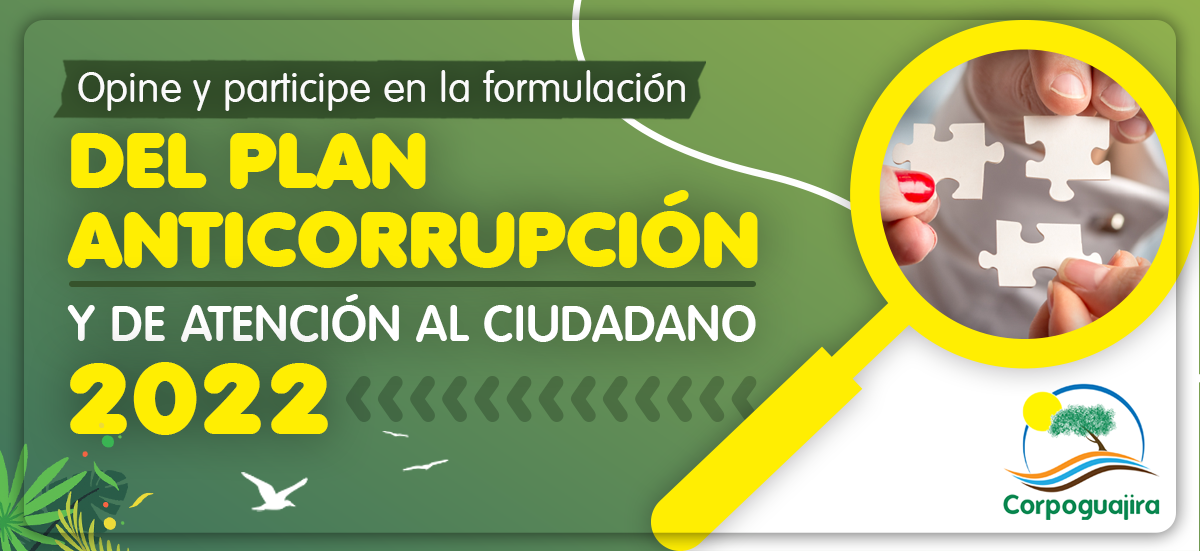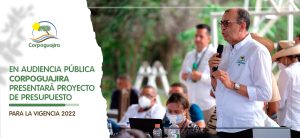E-e
ecocide: Damaged nature. Death ecosystem, or the relationship between organisms and their environment.
eco-labeling: Assignment, by a competent body, acreditativas labels of a product has been produced entirely respectful with the environment.
Ecology: Science that studies living beings at different levels of organization and its interrelationships between them and the environment.
environmentalism: reindica social movement heterogeneous environment protection.
Ecosystem. The assembly formed by a physical substrate and a living part (biocenosis). Examples of a lake ecosystem, a shoreline, marshland, an area of Mediterranean forest, etc.
ecotasa: Tax charged on production and / or consumption, whose destiny is to finance repair costs for damages caused to the environment by such production and / or consumption.
Ecotopía: A utopia conceived under ideal environmental budgets or. It is also the title of a famous and successful science fiction novel that tells the story of a self-managed and independent community in North America in the immediate future.
ecotype. botanically, populations of a species showing adaptive features associated with a particular environment. Although different ecotypes of a species differ from each other, crossbreeding are possible. The ecotipismo is a form of variation associated with the medium and does not necessarily imply separation of populations in geographical areas isolated from each other. According to some ecologists the term is somewhat ambiguous.
Ecotono. In an ecosystem, transition zone between two communities or biocenosis, where environmental conditions allow the coexistence of species typical of both.
edaphology. Science that studies the soil in composition, structure, classification, training and agricultural potential.
Environmental education: Action and effect of educating and informing authorities on all matters relating to the definition, preservation and restoration of the different elements of the environment.
Greenhouse effect. Warming produced by altering the thermal balance due to increased concentration of gases that do not transmit longwave (greenhouse gases such as carbon dioxide, CO2 and methane, CH4). The thermal balance of the atmosphere depends on the balance between inputs and outputs of radiant energy. Most of the air heating due to solar energy materials absorb the planet's surface and then refer to longer wavelength, so the increase in the concentration of greenhouse gases alter the thermal balance by reducing power outputs of the atmosphere.
Photovoltaic solar electricity. electric power produced from solar energy using photovoltaic cells responsive to light energy releasing electrons.
Disposal of municipal solid waste. Those procedures directed, While storing or landfilling of waste, or their destruction, total or partial, by incineration or other system that does not involve energy recovery.
Disposal of toxic and hazardous waste. Any procedure that as the landfilling, incineration without energy recovery, underground injection and discharge into the sea, does not involve any use of resources.
Reservoir. Infrastructure regulation of water supply, based on a containment dam.
outfall. Driving for discharges of urban or industrial origin in the sea some distance from the coast.
underground outfall. Driving for discharges of urban or industrial origin has a section buried in the ground.
water emissions. Pollutant Release (solid particles, liquid or gas) the aquatic environment, from a production source. The emission level of a source is measured by the amount released per unit time.
emissions. Pollutant Release (solid particles, liquid or gas) in the middle, from a production source. The emission level of a source is measured by the amount released per unit time (here in tonnes / year). For noise emissions are measured noise characteristics such as intensity.
Emulsion. colloidal solution in which the solute is a hydrophobic substance as fat, oil or hydrocarbon. It is how water insolubles can remain incorporated in the more or less stable liquid phase so. To the emulsion occurs emulsifying agents are required as detergents (surfactants).
Endemismo. Taxon (generally genera or species but subspecies) endemic. An endemic species is one that exists only in a particular geographical area, variable length, but generally restricted in relation to the geographic pattern of taxa with which compares.
Alternative energy: Also called renewable. Energy that is always renewed, such as solar energy, wind, water power, biomass, or geothermal (Heat from the depths).
Biomass energy. The obtainable from organic compounds fuels obtained from plant material.
Wind power. kinetic energy of wind, that can be used to move the blades of a wind turbine and produce electricity.
photovoltaics. Electric energy obtained from light by photoelectric cells that respond to light energy releasing electrons.
Geothermal energy. heat energy can be obtained from terrestrial materials (Water, rocks) abnormally hot. In general, temperature earth materials increases with depth regularly (geothermal gradient), but there may be local anomalies, dependent on the geology of the area, resulting in ground water or hot springs.
Hydraulic energy. gravitational potential energy of a mass of water that can be harnessed to drive a turbine and generate electricity.
primary energy. Primary energy which has not undergone any transformation, as the kinetic energy of wind or solar radiant energy.
Solar energy. Radiant energy from the sun, which can be harnessed to produce electricity under the photoelectric effect, i.e., capacity of electromagnetic radiation to extract electrons from some materials, as metals or semiconductors.
Energy. It is the ability to produce work. In a closed system there is no gain or loss energy, only changes. The material is considered a condensed form of energy. The mass-energy equivalence follows the equation einsteniana (E=mc2, where E is the energy, m is the mass and c the speed of light in vacuum).
Alternative energies. Energies obtained from sources such as coal to classic, oil and natural gas. They are alternative energy solar, wind, geothermal, tidal and biomass, what, also, They are renewable energy. If the concept of traditional or conventional energy is reduced to fossil fuels, nuclear energy and hydropower have considered alternative energy.
Renewable energy. Energy from renewable sources by part of natural cycles and in opposition to those coming reservation. Renewable energy are solar, wind, of the water, tidal and biomass.
Enterovirus. pathogenic virus found in the digestive and respiratory and nervous system.
Epicenter. Point of the Earth's surface located vertically above the focus or hypocenter of an earthquake.
Roentgen equivalent. Roentgen unit dose equivalent. It is the radiation dose that produces the same biological effects 1 Roentgen ray X. Equals 0.01 julio/kg. Short rem.
Erosion. Destruction of the earth's surface materials (rocks and soil) physically separating particles of any size due to the action of external agents (wind, Water, ice). The intensity of erosion depends on the energy of the erosive agent, the nature of the materials (litología), the degree of weathering, the slope, and in the case of soil, the degree of vegetative cover and rooting, so that human actions on the vegetation and soil erosion may favor.
Richter scale. Scale for measuring the magnitude of earthquakes, proposal 1935 Charles Richter and Beno by Gutemberg. On this scale the magnitude is defined as the logarithm of the maximum amplitude, in microns, un recorded by the seismograph estandard 100 km. the epicenter. For its logarithmic nature, for every increase of quantity in a unit, the size of the earthquake increases tenfold, i.e., an earthquake of magnitude 5 It is a hundred thousand times greater than a magnitude 1. Although the ESCA Richter has no upper limit, Undetected earthquakes of magnitude greater than 9.
scale topographic. cartography, numerical relationship between distances on the map and the actual distances. They are often used scales, inter 1/1,000,000, 1/200,000 and 1/50,000.
Esciófilo. Species requiring shadow.
runoff. inland water surface movement not channeled in favor of the slope. The form of water movement can be laminar, turbulent or arroyada.
fishing effort. Measure of the intensity with which operates a fleet of fishery resources. Depends on the installed capacity of vessels and the number of fishing days. The value of the total catch of a fleet divided by the number of horsepower of the total installed capacity or the number of fishing days, is the catch per unit effort, a unit used in the study of fisheries.
Protected Natural Area. Space under the derivative protection from some of the legal forms under national or regional legislation.
game species. Animal species whose hunting is permitted, although subject to regulatory standards, whether general, temporary or specific for a particular species.
protected species. Species subject to legal measures that prevent their capture, sale, hunting, possession or killing.
Species. Group of organisms formed by populations of individuals occupying a habitat and interbreed. This species concept, which is the biological (bioespecie), It is useless in those organisms whose reproduction is totally asexual, in which case depends solely on morphological criteria (morfoespecie), that can be completed with ecological criteria. The taxon species is called with two Latin terms, The genus name followed by the specific name.
foreign species. Species of plants or animals from a place other than that in which they live, and have therefore been introduced.
native species. Species of plants or animals originating in living room.
Endemic species. An endemic species is one that exists only in a particular geographical area, variable length, but generally restricted to the size of the areas of the species with which compares.
Foam. dispersed system wherein the dispersing phase is liquid, usually water, and the dispersed phase is a gas.
esquistoso. On schists, metamorphic rocks having foliation by the existence of orientation planes forming angles to the bedding planes of the original rock. The foliation results from the action of targeted pressure.
hotel establishment. Establishment where the hosting is its main activity, although they developed in the other secondary activities.
Transfer station. Facility where waste is unloaded to subsequently transfer them to another location for recovery, treatment or disposal.
seismic station. Data collection center in real time, equipped with sensors that measure ground speed, where information is sent to earthquakes observatories.
Tin. Chemical IV element of the periodic table. Atomic number 50, atomic mass 118.69. It is soft, sparkly, ductile and malleable. It can be prepared in thin sheets. In nature it is found mostly in oxide form (casiterita). It has industrial applications in alloys, welding and packaging (tinfoil). symbol Sn.
steppes. flat areas or low relief with little vegetation cover, mainly herbaceous and woody vegetation or nearly absent, with an extreme climate characterized by a significant summer drought. There are cold steppes, continental, and warm steppes representing the transition between vegetation and Mediterranean climate and desert. Steppe areas have often saline soils (halophytic steppes).
Stereo. Unit volume which is used in materials such as wood, firewood, branches and brozas, leaving holes together. Its value is 1 cubic meter.
fecal streptococci. Bacteria group streptococci they are living in the large intestine whose presence in water indicates contamination by pouring sewage.
Estuary. Flared mouth of a river in the sea, where the mixture of fresh and marine waters is carried out and which is subject to tidal action.
Environment Effect investigation: It is the set of information that must be submitted to the competent environmental authority and the environmental license request.
Eucalyptus. Tree of the genus Eucalyptus (family Mirtáceas). They are native to Australia and are spreading throughout the world to be exploited by the paper industry (cellulose), given its growth rate and their ability to live in poor soils. Many areas in many countries have often been planted with eucalyptus terracing mountain and eliminating the natural vegetation, environmental impact to which must be added the intense action of this tree on the ground by the secretion of substances by the roots and the difficult decomposition of fallen leaves.
eutrophication. natural process in aquatic ecosystems, especially in lakes, characterized by an increase in the concentration of nutrients such as nitrates and phosphates, with consequent changes in the composition of the community of living things. The eutrophic waters in contrast to the more productive oligotrophic. However, beyond certain limits, the process is of negative to large amounts of organic matter whose characteristics appear microbial decomposition causes a decrease in oxygen levels. Eutrophication occurs in many water bodies as a result of agricultural runoff, urban and industrial.
AET. In a particular soil surface water losses by evaporation are from to) direct evaporation from the soil into the atmosphere and b) water loss through plant transpiration, the previously they absorbed from the soil by its roots. Useful add two losses thus obtained evapotranspiration. It distinguishes potential evapotranspiration, which it is what would correspond to a particular region by climate, if precipitation were not a limiting factor, and actual evapotranspiration, which it is what actually occurs. So in an arid area of high temperatures and scarce rainfall, potential evapotranspiration can be raised and the actual small.
Extinction: Process it is affecting many animal and plant species, threatening their survival, mainly because of the action of man, which has been changing and reducing their natural environment.































Leave a reply
I am sorry, you should be connected to post a comment.